Beautiful conical shaped tree?
tlbean2004
9 years ago
Related Stories
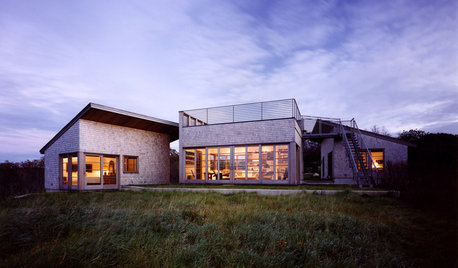
ARCHITECTUREDesign Workshop: How a Site Can Shape a Home
Create architectural poetry by looking to a site's topography, climate, trees and more to inform the home's design
Full Story
EDIBLE GARDENSWhy Grow Quince? For Beauty, Fragrance and Old-Time Flavor
Delightfully perfumed fruit and lovely spring blossoms make this apple and pear cousin worth a spot in the garden
Full Story
LANDSCAPE DESIGNPretty Trees for Patios, Paths and Other Tight Spots
Choose trees for their size, shape and rate of growth — or shape them to fit your space. Here's how to get started
Full Story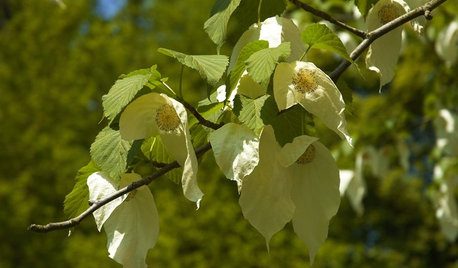
GARDENING GUIDESGreat Design Tree: The Dove Tree
With distinctive fluttery flowers and a height that towers over the landscape, the dove tree provides a respite from the summer sun
Full Story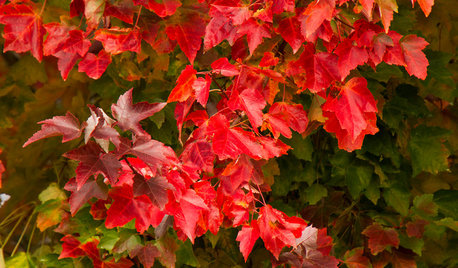
TREESGreat Design Plant: Acer Rubrum Brings Shade and Beauty
Red maple — a fast-growing, low-maintenance Eastern native — has spectacular fall foliage and early-spring flowers that feed pollinators
Full Story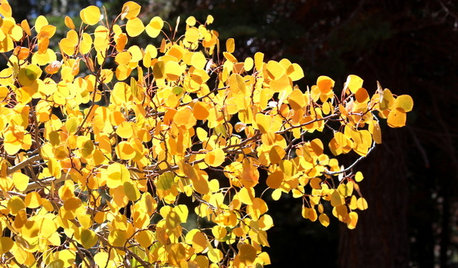
LANDSCAPE DESIGNGreat Design Plant: Quaking Aspen for 3-Season Beauty — on Its Own Turf
It offers bright fall foliage, snowy winter bark and lush green leaves in summer. Just don't try to plant quaking aspen away from its home
Full Story
GARDENING GUIDESGreat Design Tree: Australian Tea Tree
A living sculpture with an unmistakable appearance, this coastal native creates an intriguing landscape scene
Full Story
GARDENING GUIDESThe Beauty of Bare-Root Plants
Plant dormant trees and shrubs in fall using the easy, affordable bare-root method and enjoy beautiful results in spring
Full Story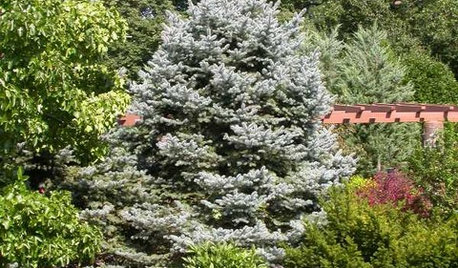
LANDSCAPE DESIGN10 Evergreens for Beautiful Foliage All Year
Give your landscape consistent color and structure with the emeralds, chartreuses and blues of evergreen trees and shrubs
Full Story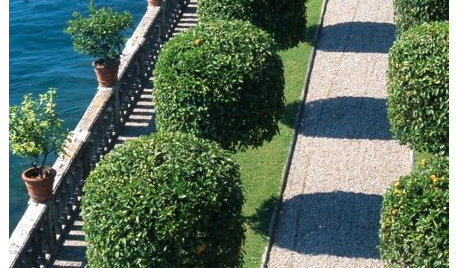
LANDSCAPE DESIGN5 Structural Plants to Frame Your Garden Beautifully
Consider these trees and shrubs live building blocks, providing structure and definition in even a small garden
Full StoryMore Discussions






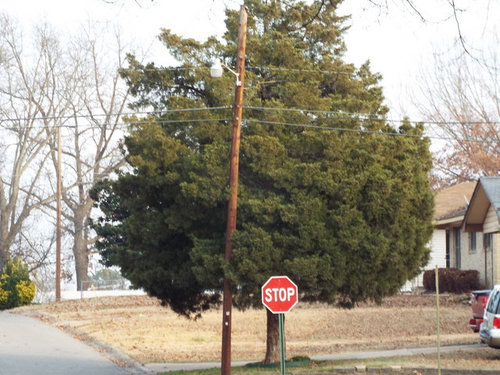
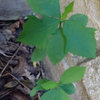
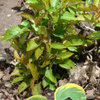

bossyvossy
Smivies (Ontario - 5b)
Related Professionals
Harrison Landscape Architects & Landscape Designers · Maple Heights Landscape Architects & Landscape Designers · Wakefield Landscape Contractors · Andover Landscape Contractors · Cudahy Landscape Contractors · Fort Payne Landscape Contractors · Laguna Hills Landscape Contractors · Lexington Landscape Contractors · North Potomac Landscape Contractors · Oxnard Landscape Contractors · Vacaville Landscape Contractors · Wallingford Landscape Contractors · Welby Landscape Contractors · White Bear Lake Landscape Contractors · Irvington Landscape Contractorsaswhad
jekeesl (south-central Arkansas)
pineresin
ken_adrian Adrian MI cold Z5
tlbean2004Original Author
carol23_gw
jekeesl (south-central Arkansas)
ken_adrian Adrian MI cold Z5
mikebotann
Embothrium